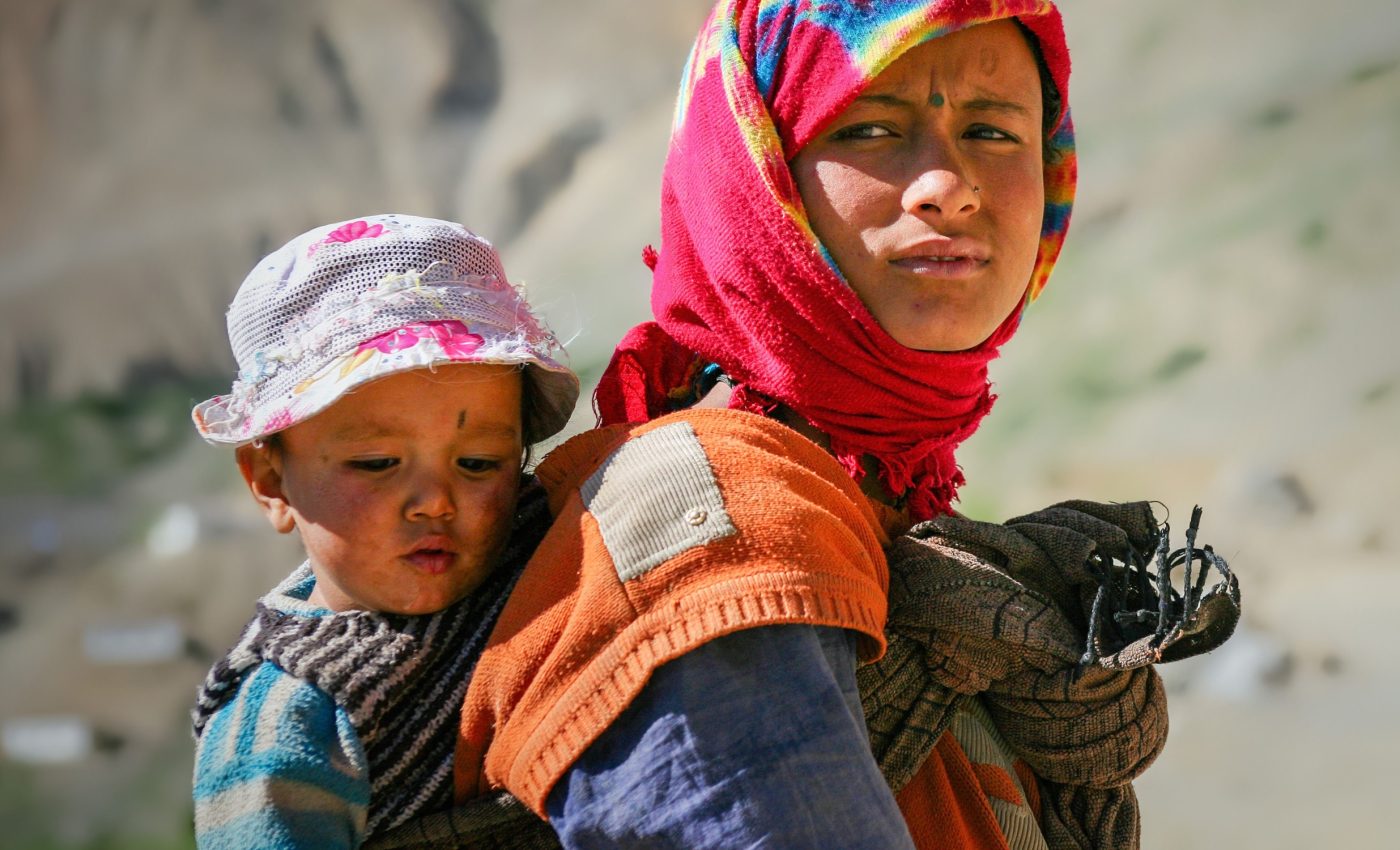
Obesity is less common in children living at high altitudes
Mountains have always affected how people live. At high altitudes, the body changes to adapt, such as developing stronger lungs or showing slower growth in babies. Now, scientists think living higher up might also help prevent obesity in children.
As obesity rates keep increasing around the world, especially in young kids, researchers are studying more closely how the environment and the human body work together.
High altitude and childhood obesity
Living high up in the mountains may help protect children from becoming obese. A study looking at more than 4 million Colombian children found that those living at higher altitudes were less likely to have obesity compared to children living closer to sea level.
Scientists think this could be because the air at high altitudes has less oxygen. With less oxygen, the body works harder and uses more energy, which may help keep weight lower.
Most earlier studies on altitude and obesity focused only on adults, like mountaineers or people living in highland areas. This new research is important because it shows the same link in children.
Since childhood is a key time for health and growth, the findings suggest that where a child lives – whether in the mountains or lowlands – can influence their risk of obesity in the future.
Focus of the study
Fernando Lizcano Losada from the University of La Sabana and colleagues analyzed data from 4.16 million children under five years old.
The data, collected by the Colombian Institute of Family Welfare, covered 1,123 municipalities.
The researchers categorized children into four groups based on altitude: up to 1,000 meters, 1,001-2,000 meters, 2,001-3,000 meters, and above 3,000 meters.
Obesity drops at altitude
At the lowest altitudes, about 80 in every 10,000 children had obesity. Between 2, 001 and 3,000 meters, prevalence dropped sharply to 40 in 10,000.
Interestingly, rates rose again above 3,000 meters, reaching 86 in 10,000. The researchers caution that this may reflect limited data from only seven municipalities, with just over 11,000 participants.
“That’s a fair comment,” said David Stensel at Loughborough University in the UK. He noted the absence of a clear dose-response pattern, which would have strengthened the findings.
Stensel emphasized that the study is observational, meaning it cannot prove altitude directly prevents obesity.
“They have tried to make sure that they have adjusted for the potential confounding factors,” such as poverty and deprivation. Still, “you can’t account for everything.”
Broader evidence from Latin America
According to the researchers, similar results have appeared in other high-altitude regions. In Peru, living above 2500 meters was linked with far lower obesity prevalence compared to lowlands.
Studies in Bolivia and Argentina showed children at higher elevations tended to be thinner, though growth restriction was sometimes observed.
In Ecuador, children in highland regions displayed lower weight but also higher stunting rates compared to coastal children.
Altitude, obesity, and metabolism
Lizcano Losada suggests faster metabolism at high altitudes could explain the lower rates. Stensel agrees this is possible.
“There’s a few studies that have shown resting metabolic rate, or basal metabolic rate, increases when you’re at high altitude,” he noted.
An earlier 1984 study found mountaineers lost weight at high elevations, partly because fat was burned or excreted rather than stored.
Hormones and hypoxia
The researchers explained that high-altitude hypoxia can influence hormones like leptin and ghrelin, which regulate appetite.
Low oxygen activates hypoxia-inducible factors that enhance leptin sensitivity, supporting appetite suppression.
Cold temperatures common in mountainous regions may also increase energy expenditure through thermogenesis. Together, these mechanisms may reduce obesity risk.
Poverty shapes outcomes
Not all outcomes are purely biological. The research emphasizes how poverty interacts with altitude.
Municipalities with moderate poverty often saw higher obesity rates, possibly due to reliance on cheap, ultra-processed food.
In contrast, extreme poverty sometimes correlated with undernutrition rather than obesity. This pattern reflects the “double burden of malnutrition” seen in many low- and middle-income countries.
Future research applications
Even if altitude helps reduce obesity risk, practical uses remain unclear. “They show us a relationship, and you then need to really design a bespoke study to investigate that hypothesis on its own,” said Stensel.
Lizcano Losada argues that environmental influences vary by region, suggesting that tailored public health advice may prove more effective in addressing childhood obesity.
The research also supports geographically specific strategies that integrate both biological and social factors for better outcomes.
The study is published in medRxiv.
—–
Like what you read? Subscribe to our newsletter for engaging articles, exclusive content, and the latest updates.
Check us out on EarthSnap, a free app brought to you by Eric Ralls and Earth.com.
—–













